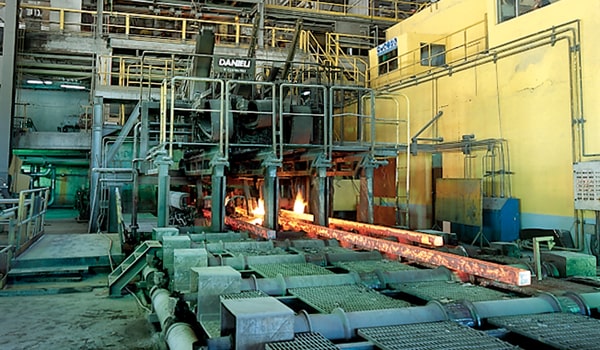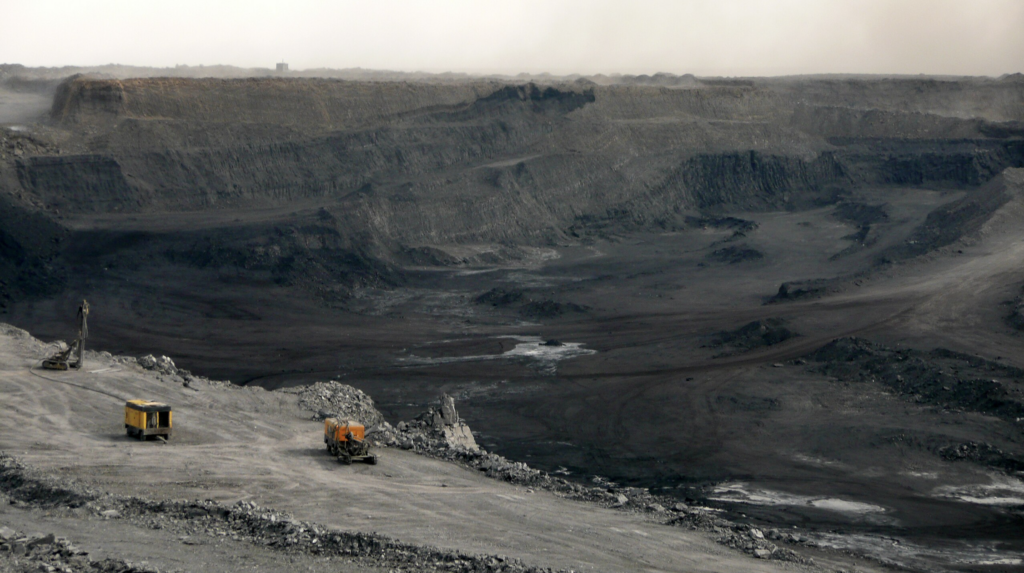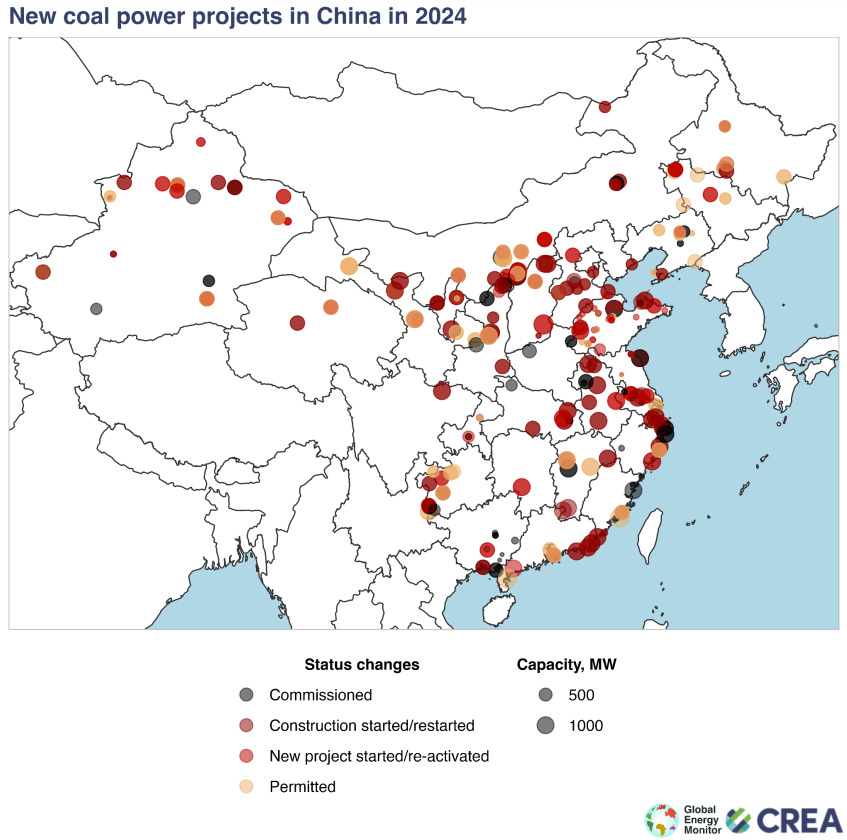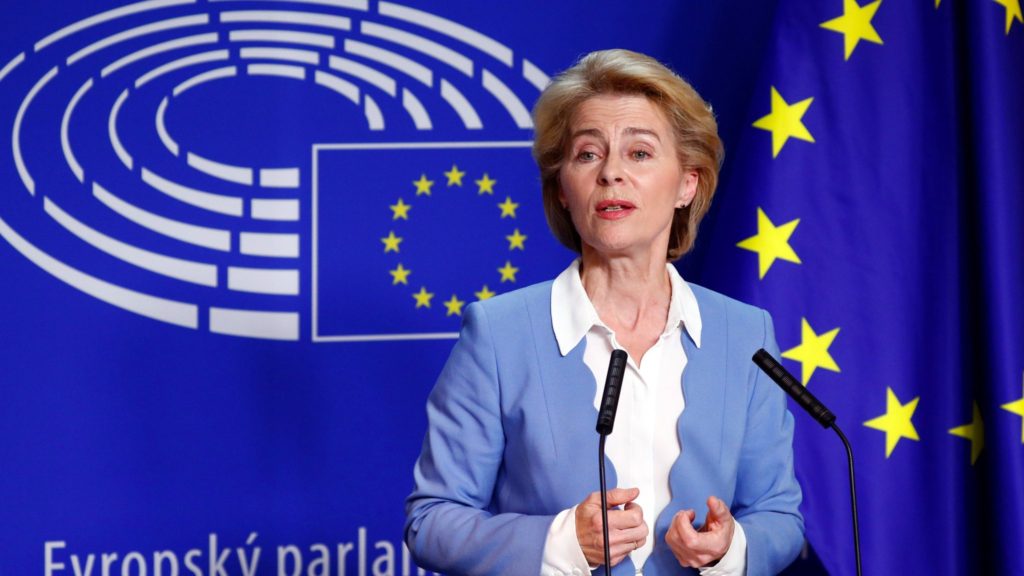Recent data emerging from China’s steel industry indicates fluctuating trends in production and output in the first quarter of the year. Notably, China’s hot rolled coil (HRC) production increased by 9 percent in Q1, marking a considerable uptick in activity within the sector. Specifically, from January to March, the production amounted to 52.448 million metric tons. Similarly, China’s cold rolled coil (CRC) production saw a significant year-on-year rise of 26.6 percent, totaling 11.033 million metric tons.
In contrast, China’s rebar production painted a different picture, decreasing by 9.5 percent in the same quarter, totaling 50.015 million metric tons. Other key products like domestic wire rod and welded pipe outputs also saw declines of 4.9 percent and 5.6 percent, respectively. The detailed March figures for HRC and CRC production were 18.519 million metric tons and 4.312 million metric tons, showing a mixed pattern with a 9.3 percent increase for HRC and a 23.3 percent surge for CRC, year on year.
Price movements in China’s domestic market in March suggested a volatile period for the steel industry. While HRC prices experienced a general downward trend amid slack demand, peaking early in the month and hitting the lowest by month’s end, rebar prices also decreased. However, following the Tomb Sweeping Day holiday, a traditional Chinese festival, the demand for rebar improved, which caused prices to inch upward.
On a related note, on the international front, the American Iron and Steel Institute (AISI) has responded positively to a proposal by U.S. President Joe Biden to potentially triple existing tariffs on Chinese steel imports. This comes in the wake of a substantial 40 percent increase in Chinese steel exports from 2022 to 2023, as reported by the OECD, raising concerns over global steel overcapacity and unfair trade practices. The AISI statement highlighted the disruption caused by Chinese market strategies, including the subsidization of steel production and expansion of steelmaking capacity, particularly through initiatives like the Belt and Road in Southeast Asia. The institute has expressed its support for the Biden administration’s continued efforts to counteract practices deemed unfair to American steel producers and workers.
These developments reflect the complex dynamics of the global steel market, where production levels, trade practices, and governmental policies interact to shape the industry landscape. The proposed tariff changes by the U.S. are poised to bring about significant shifts in international trade patterns and have elicited a strong reaction from industry stakeholders, underscoring the ongoing debate over fair trade and market competitiveness in the steel sector.









